The Gaggenau Interview
Design at the heart of every home
Talking design with Sven Baacke, Head of Design Gaggenau

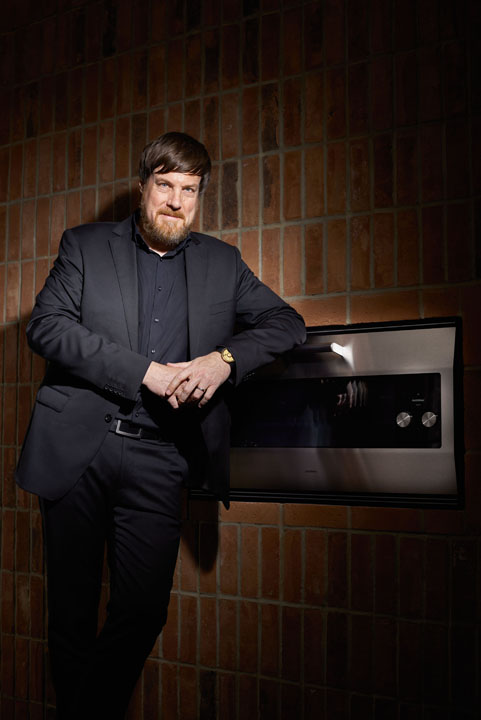
»Constantly reinterpreting the identity of this brand in a small group of teammates is such a great task.«
What experiences shaped you and led you to find your calling in design?
I come from a creative family. My father is an architect, and my great-granduncle was the painter, typographer and stage designer Willi Baumeister, who played a major role in shaping Modernism after the Second World War.
So, art and aesthetics surrounded me from my earliest childhood. Originally, I wanted to follow in my father’s footsteps, but in the end, my path, fortunately, led me to design (smiles).
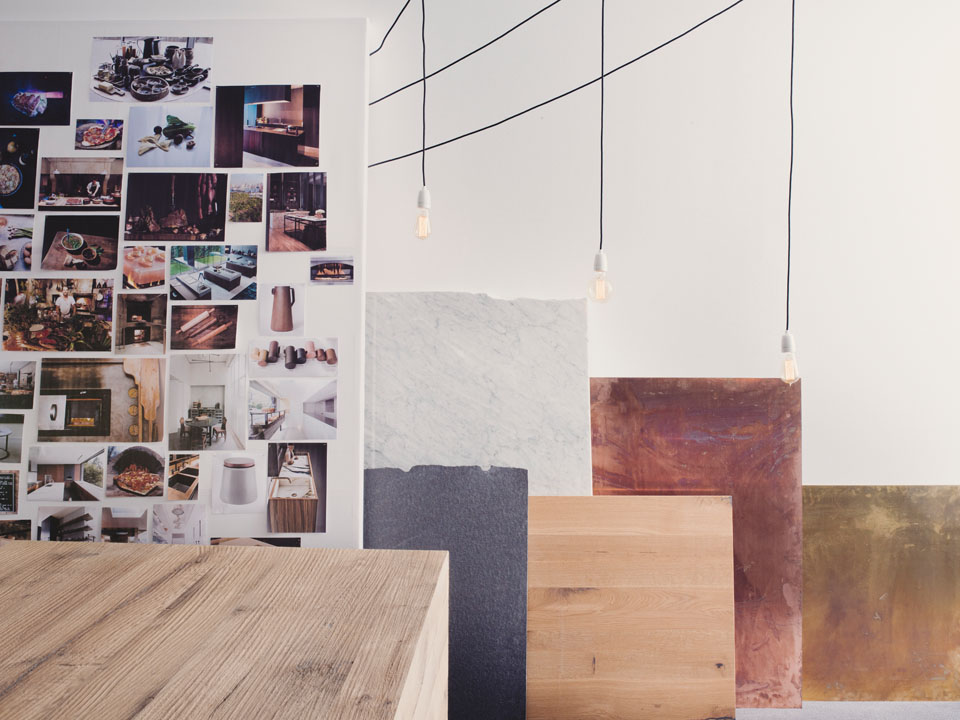
What happened on your way to Gaggenau?
The most important step was the admission to the Art Academy in Stuttgart. That was an exciting and intensive time. We were a small group in product design, with Stefan Diez for example in the second semester above me. For me, it was very fulfilling working with all the relevant materials from wood and metal to glass right from the start.
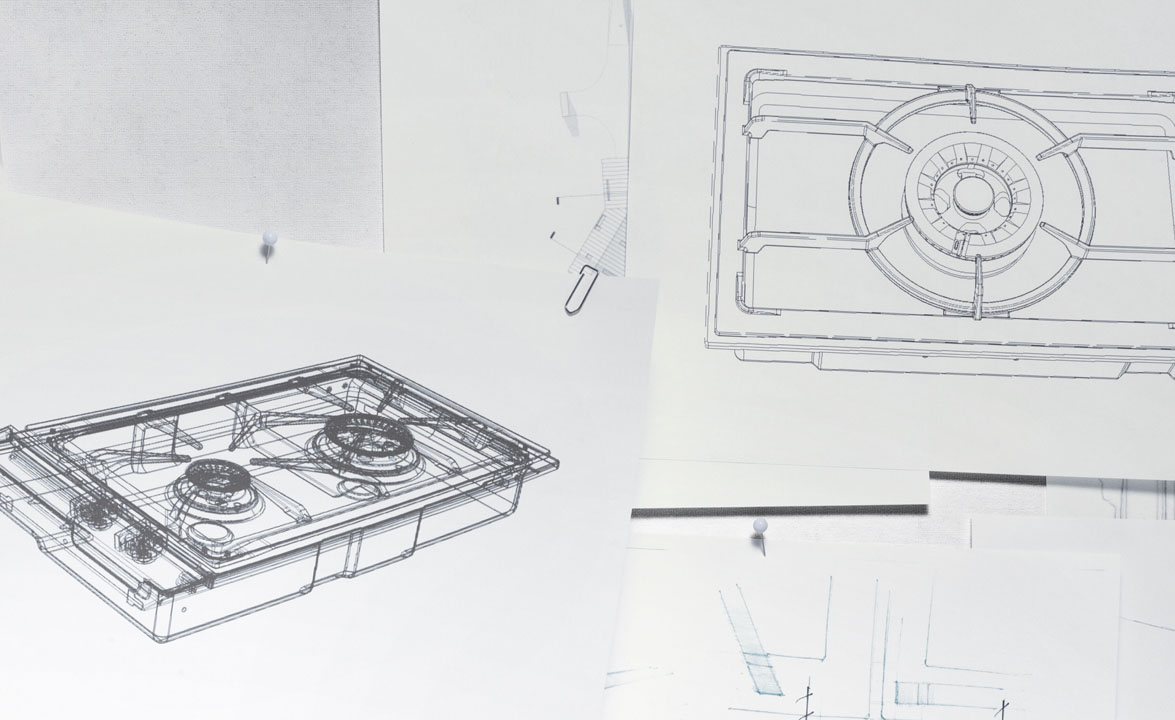
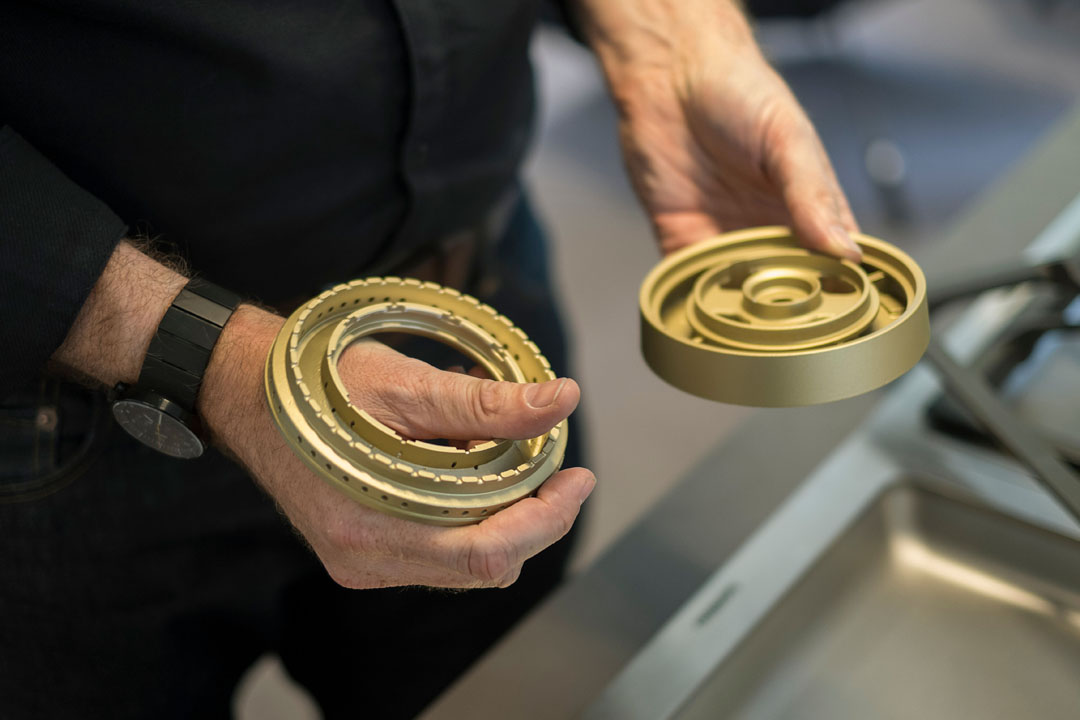
At some point, you stood in front of the Academy notice board …
That’s right, I found a notice from Gaggenau about an internship, which I actually did there during my upcoming off-semester. At that time, the company was still located in the town of Gaggenau. Those were three really intense and great three months that infected me with the Gaggenau virus twenty years ago (smiles).
Shortly after I graduated from the Academy in Stuttgart, Gaggenau contacted me again and offered me a job – it was as simple as that. I was particularly happy to come back and stay because the absolutely hands-on mentality excited me from the start.
Constantly reinterpreting the identity of this brand in a small group of teammates is such a great task. Since 2011, when I was appointed the Head of Design at Gaggenau, I am on this very special journey which I am quite thankful for.
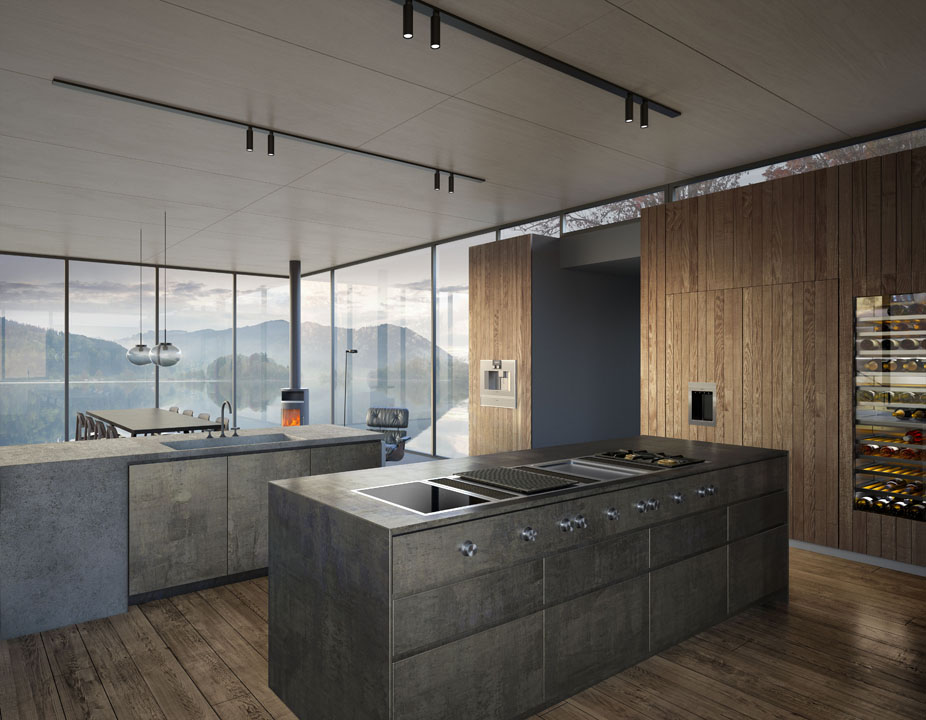
How many colleagues do you have on the team?
With 11 people, we are quite a small team, but we also sometimes work with external agencies. Mostly they are partners with whom we have been growing together and benefiting from each other for a long time. For example, the partner for our showrooms worldwide which is the Munich based architectural studio 1zu33.
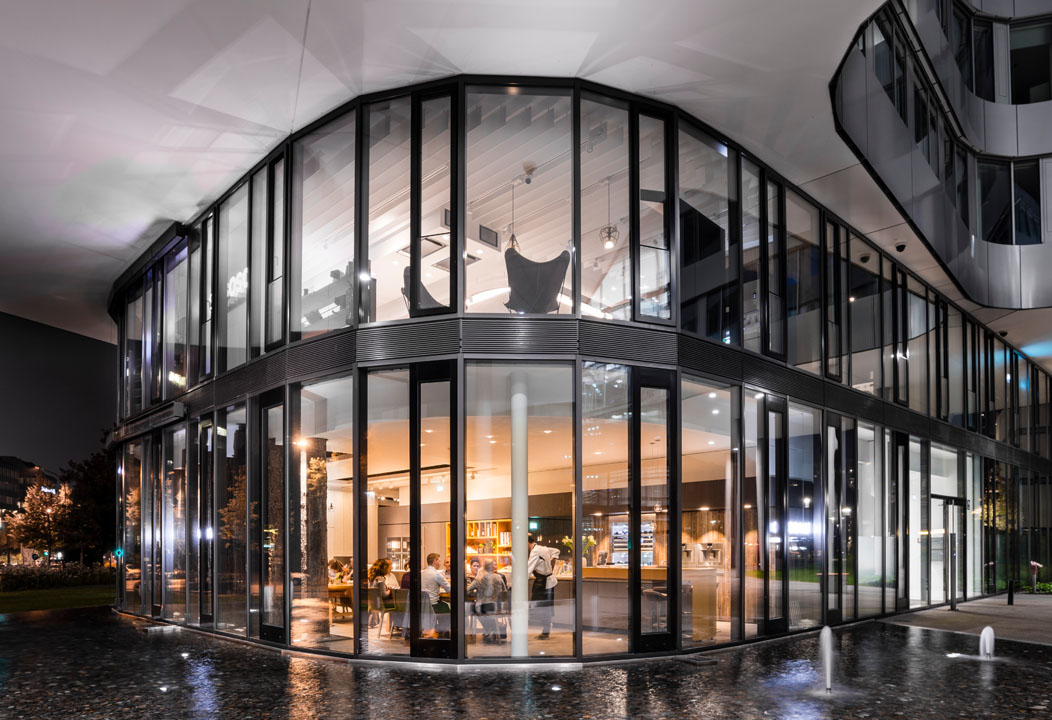
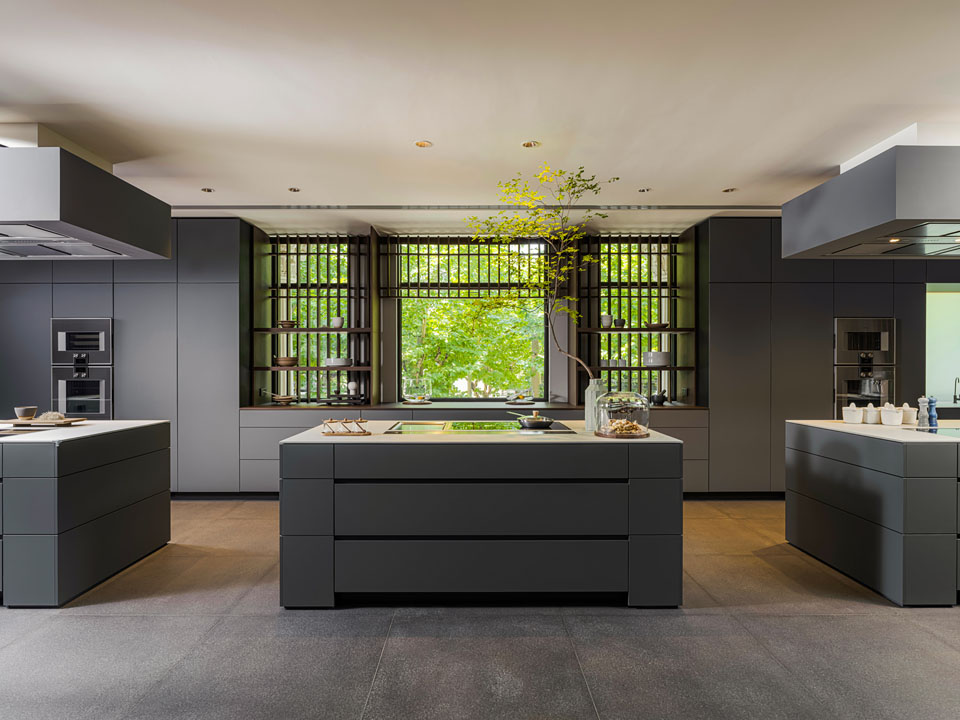
You just mentioned the aspects of sound and haptics in our preliminary talks. Do these two aspects, together with the actual creative design, form the triad that finally turns a banal product into something very special?
In design, we usually cluster everything into what we call the First, Second and Third Read. The First Read is about the quick, often almost intuitive identification of a product from a distance. I often see this in Hollywood films, where I can immediately recognise our products in the background while the camera pans from left to right (smiles).
With the Second Read, it becomes more differentiated, because here we have the product at arm’s length in front of us. You can’t touch it yet, but you can already recognise it with all its textures and structures. We can recognise gaps and shapes and sense materials.
In the Third Read, all other possible sensory impulses come into play. Touching, feeling and hearing. All these components finally add up to the total work of art. Design that should ultimately convince anew every day.
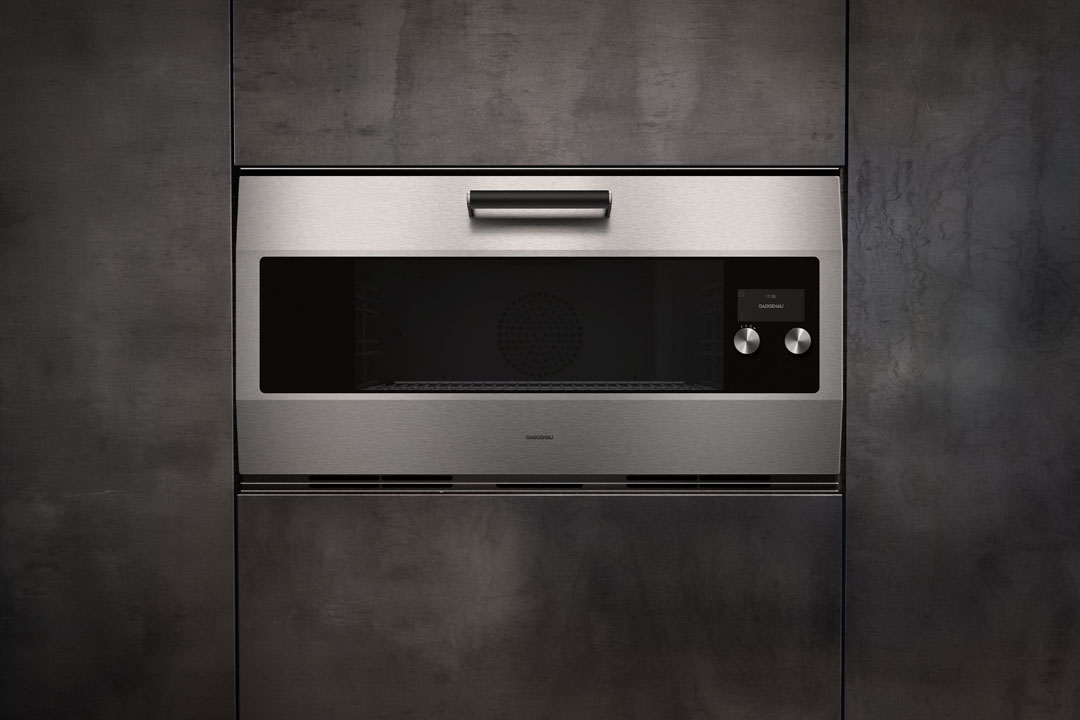
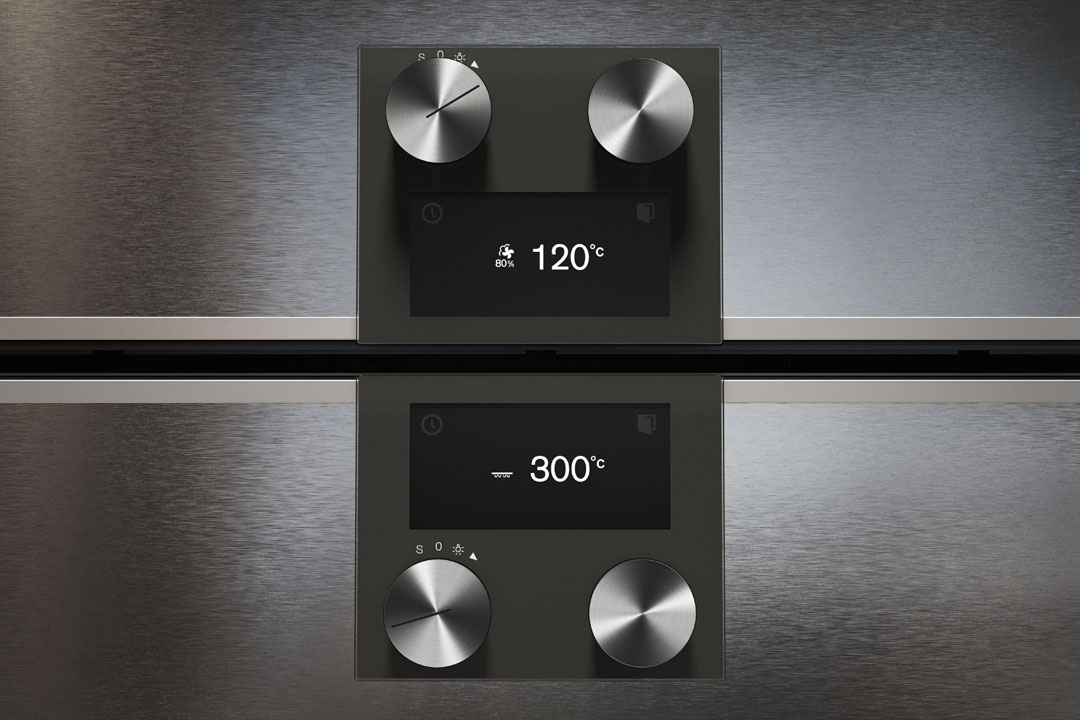
What does the design process look like in interaction with the engineers? What challenges do you face here?
It’s important for me to have designers in my team whose technical understanding is sufficient to know where the limits are in every aspect of our daily work. The more know-how you have, the more you can succeed in pushing the boundaries in the best sense – making things possible that were previously difficult to imagine.
That is a core asset of the profession as a designer, to master this balancing on the one hand and always push it forward on the other. If you compare the original design with the actual product and there are hardly any deviations, you have done your job quite well.
Can you give us an example?
It’s about intelligently hiding vents in an oven, for example. Of course, you need them and their function, but you may not necessarily want to see them. That is a big challenge, for example. All our products are devices at the highest professional level but domesticated in the best sense. Let me put it this way: I still want to feel the animal and its potency without having to take on a predator at home, if you know what I mean (smiles).
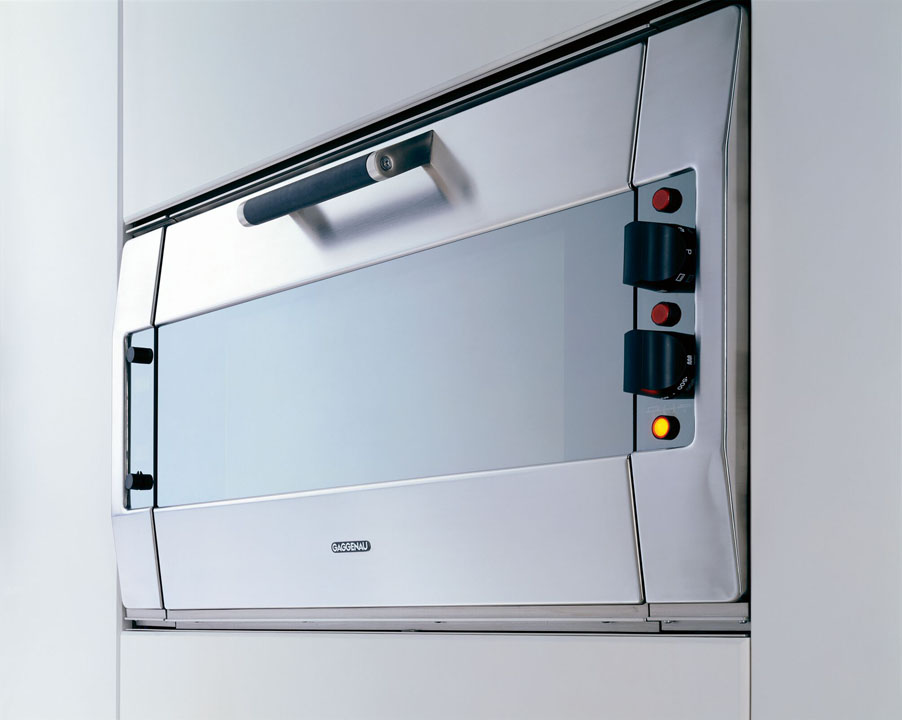
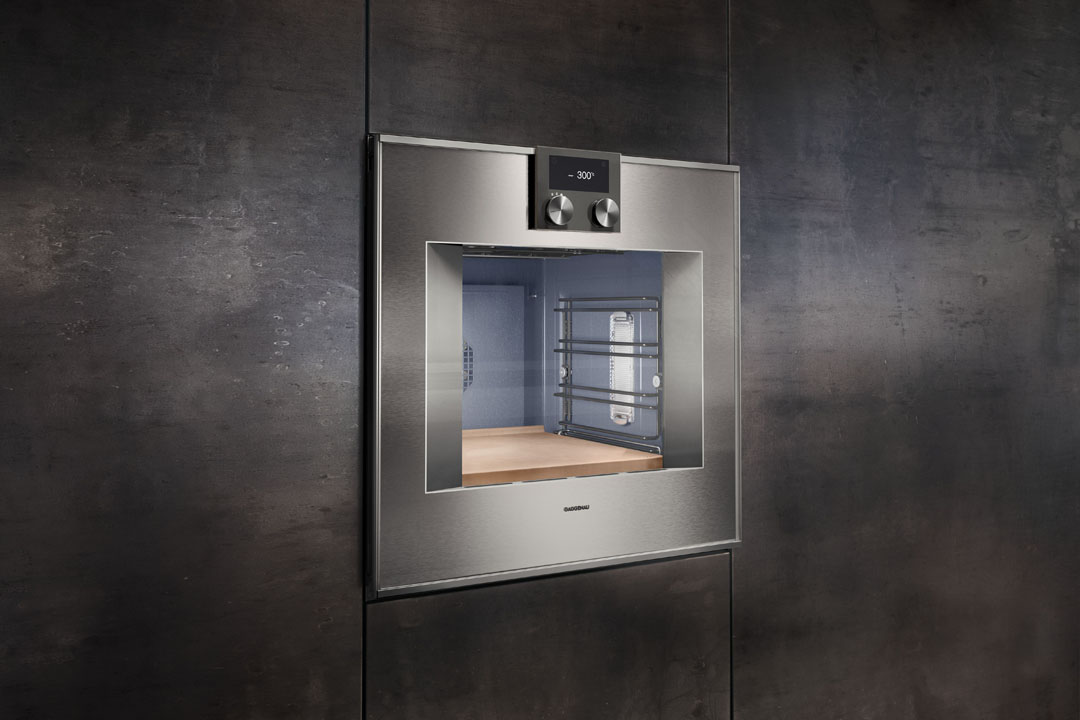
It’s a long process that requires patience, isn’t it?
Definitely. But sometimes you are also wonderfully rewarded. The nicest compliment I ever got as a young designer was from our engineers in Lipsheim, whom I always tormented with my strict requirements. My standard saying was “That’s not Gaggenau yet, we need to find another solution”. At some point, my colleagues adopted this mindset … that’s when things came full circle, and we became a kind of dream team.
»That is my definition of true luxury: when the highest quality in every sense meets mindfulness and appreciation.«
How much time usually passes from initial briefing to market launch?
For an oven, for example, it’s about seven years. A period that can have both evolutionary and revolutionary phases – or something in between. Revolutions are perhaps more tempting at first glance, but in the end, they are not automatically advisable.
We deliberately take a very cautious approach to the further development of our design. It’s like another design classic, the 911 Porsche, for example. The proportions of today’s models are completely different from those of the original model, and yet they are all part of a tradition that everyone intuitively recognises and feels. That’s exactly how we do things at Gaggenau.
Where do you get your very own personal inspiration in everyday life beyond the world of Gaggenau?
The desire to discover is at the core of all inspiration. I love just walking through cities like Paris or London, for example. The most beautiful thing is actually sitting in a café, just looking and absorbing. But of course, it’s just as fantastic in nature, in the forest or in the mountains. Whether I’m out and about with our dog or driving through the countryside in my old BMW motorbike.
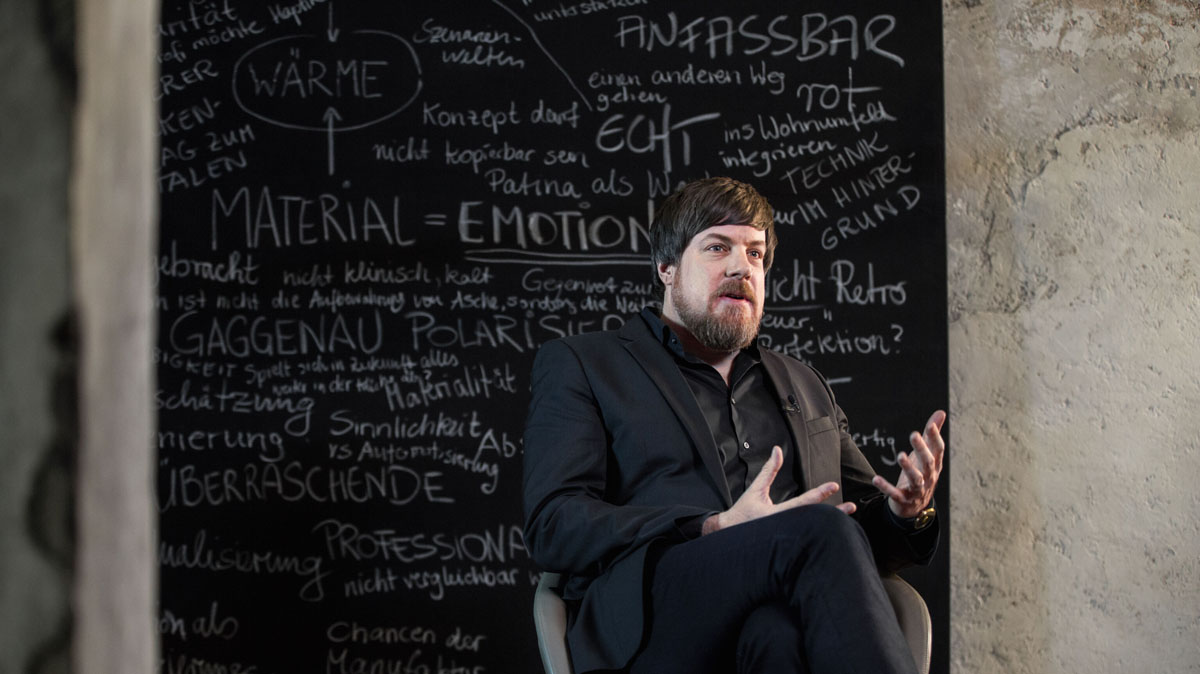
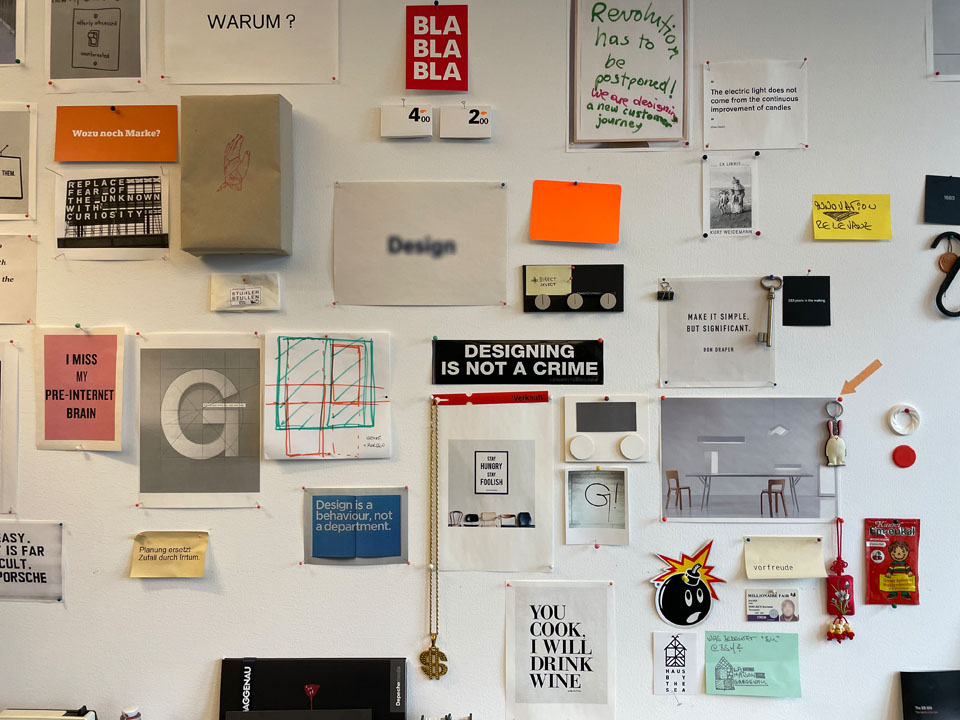
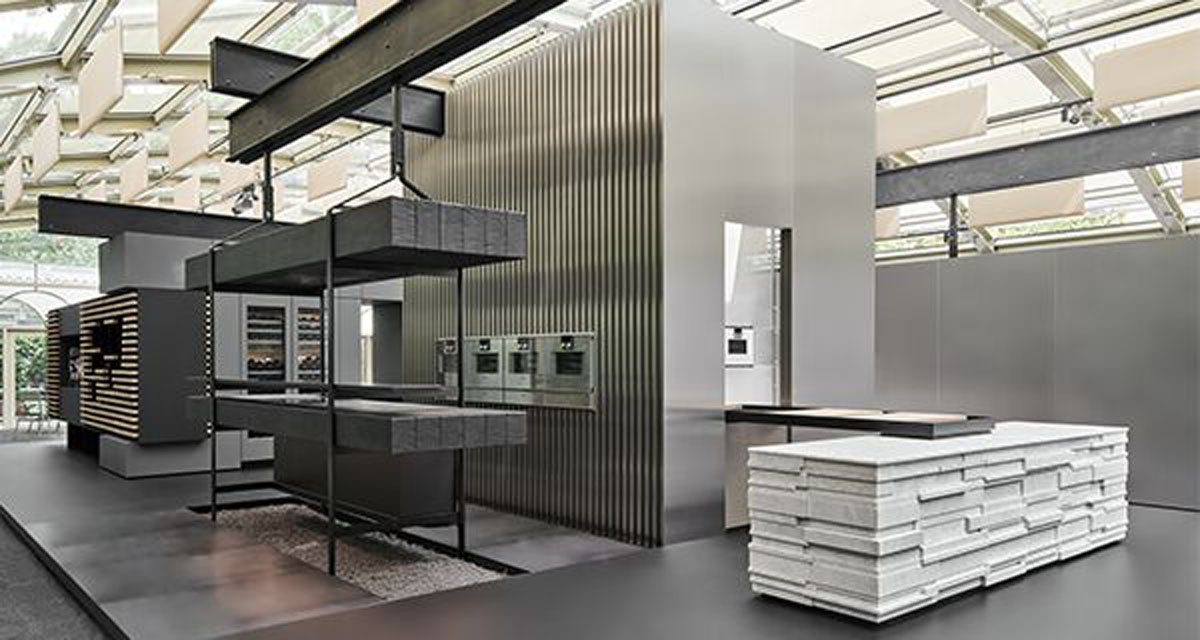
What about the near future, what awaits you and your team?
We have a lot planned for this year and next year in terms of products. The design phase for my team and me has just finished here, because ultimately, we always work counter-cyclically in our department. Now is the phase where we pull back and take some time to rethink. We call it back casting. We try to jump very far into the future and think about the product generations of the next 20 to 30 years. Quite an adventure and challenge to cope with.
My personal, perfect moment in the kitchen is the Friday evening. What does your perfect kitchen moment look like?
I recently got into the habit of getting up at 5:30 in the morning when everyone else is still asleep. First, I make myself a coffee in our kitchen and enjoy the peace. I’m completely with myself and cherish this kind of morning meditation very much.
But I also enjoy evenings with friends, of course, which always end up in the kitchen. If the food was perfect, the wine exactly at the right temperature and all the other details imperceptibly intertwined – then it was a successful evening. That is my definition of true luxury: when the highest quality in every sense meets mindfulness and appreciation.
Thank you, Sven Baacke!


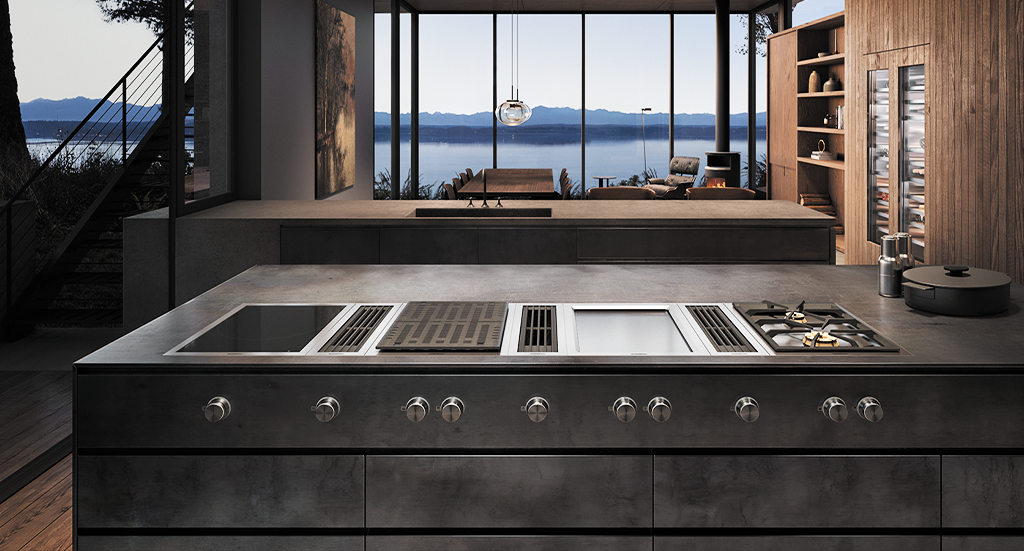
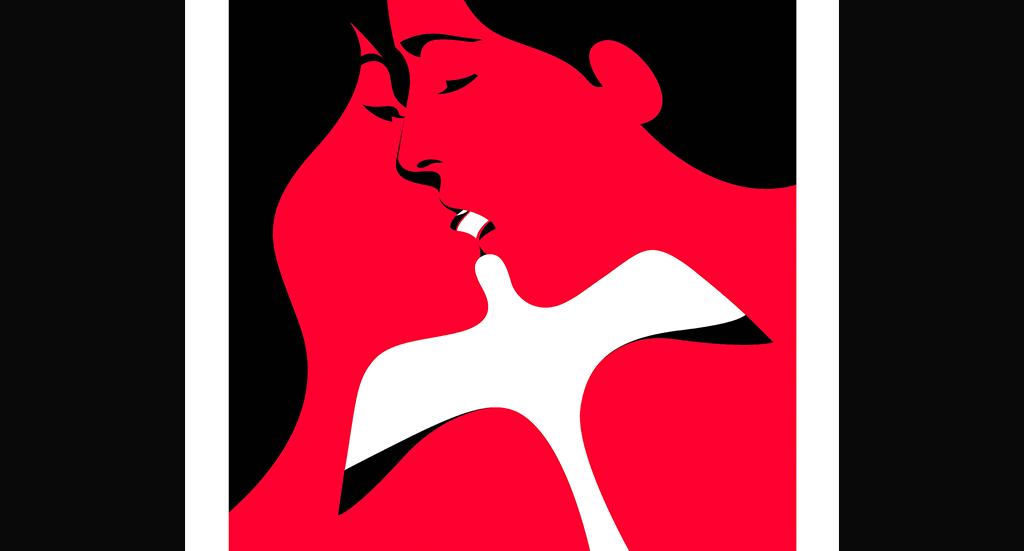
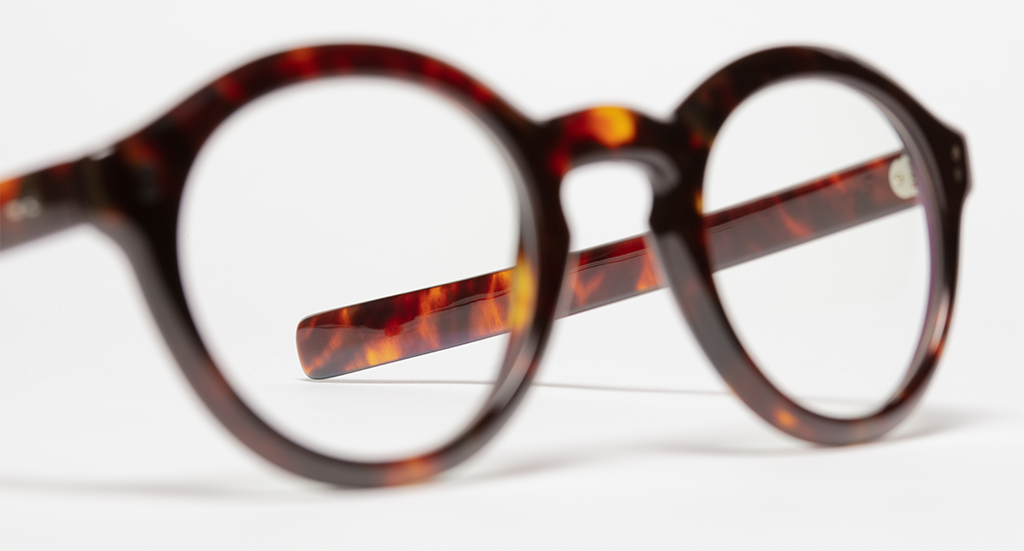

Join our Community